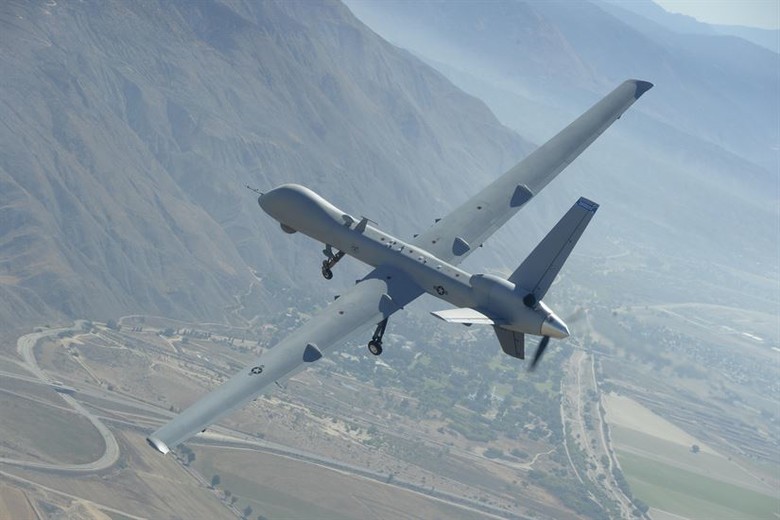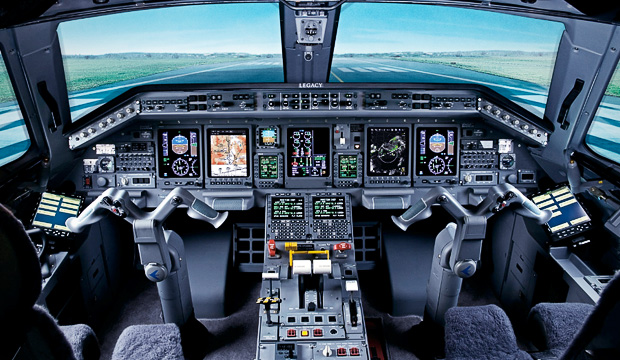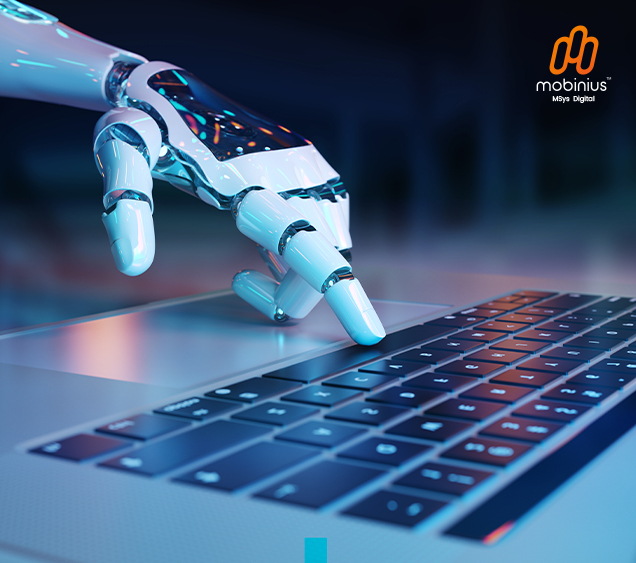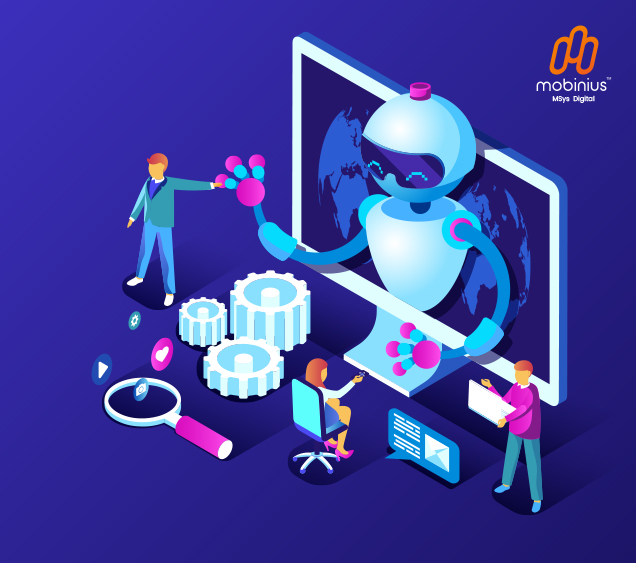Would AI Lead to the Next Generation in Aviation?
Audio : Listen to This Blog.
Would AI Lead to the Next Generation in Aviation?
Artificial Intelligence, AI, means different things to different people. While there are some industries that are skeptical about this technology and still view it as a threat to employment there are some who have made some remarkable progress. But the undeniable truth is that even those industries that have resisted AI have now incorporated some forms of AI even without actually realizing it. Aviation is one industry that is heavily reliant on mechanical systems more than technology but technology ends up complementing the mechanics and making it even better. And we might not have actually thought about it but aviation is one of those industries that have made the best use of AI, in the form of automation. Autopilot modes incorporated in planes are early versions of intelligent systems.
Autonomous systems
Such systems can be directly installed in existing planes even without having to redesign them for an autonomous flight. Boeing’s plan to work on autonomous flights has already been made public. It is no more a concept from a Sci-Fi movie but would soon be a reality finding its application in several places. Such autonomous planes would be those that can be controlled entirely without human intervention on board. This is a scenario where a human pilot is replaced by AI system but this is not going to cause unemployment because the current situation shows a deficit in the number of pilots available to man the planes for commercial and other applications. So autonomous flight systems would only help relieve the load that is currently piling up. Besides Boeing, joining the league, Airbus too has been known to work a lot in this area to progress towards autonomous flights.
When machine learning capabilities are combined the smart systems can work not just on the basis of the training dataset but also evolve with use. These systems can continuously monitor how pilots react and the strategies of decision making used during a crisis situation. This would function as a valuable training data to make the systems smarter and take better control of the situation when things do not go as planned, even when there is no human on board to take impromptu verdicts.

A virtual co-pilot, not just an autopilot
There are numerous applications of AI in flight systems that make it function like a virtual copilot rather than as merely an autopilot system. Artificial Intelligent systems would be able to do most of what an autopilot does. It can function to complement and support the pilot.. It can function to complement and support the pilot. There are already basic AI systems that function in place of copilots which are incorporated with the existing mechanical systems with basic controls. ROPS or Runway Overrun Prevention System is one such smart system which helps safer landing of planes by which can offer warnings on time and check the status of the weather and the dimensions of the runway and notify the pilot before landing. An extension of such systems is where the AI systems would look for the weather conditions in the destination as well as in the preset route and it can give a prior warning if there are any weather alerts worth looking at and also come up with alternate route suggestions. It would not just provide predictions based on available data but also take into consideration the pilot’s preferences and the flight history regarding the weather and runway lengths. Such systems can enhance the flying experience and also improve the safety.
Smart diagnostic systems
Much like auto-diagnostic tools, the presence of AI systems would also come in handy in the internal diagnostics of the plane. Though routine checks are done on planes the presence of smart diagnostic systems would help monitor the health of the plane and provide predictive alerts on time rather than merely assisting in reactive measures. This is another way in which AI can help improve flight safety and it can also reduce repair costs by providing warnings about potential repairs in the early stages.
Flight design
One of the places where AI has revolutionized the design stage is real estate where several construction flaws can be avoided by simulating the design and VR makes it better by giving an actual feel of the 3 dimensional views. This could also be said for the aviation design. AI makes design of aircrafts better and more accurate. Right at the conceptual stage the actual flight scenarios could be taken into account to make a design that can prevent flaws in the design that can negatively impact the safety at the later stages. There are several sensors integrated in the aircrafts to monitor and notify the team about the structural integrity.
Simulation systems for flight safety during training
Much like the drones that can smartly sense the terrain and alter the flight aircrafts would also be able to support pilots even during their learning stages. This can also make flying lessons better and safer. And in this era where preventive maintenance is considered to be a more economical and safer choice than conventional maintenance it is a great step. When the pilots are in a situation to take sudden decisions to modify flight plans, AI systems can consider simulated flights as well as real flights by experience pilots and use the data to help the pilot in the decision making process. It can all happen in an instant and also provide voice notification. The pilot would also be able to control the system with voice input much like what we do with the virtual assistants on the smartphones.
Are we there yet?
All these are “would be” and “could be” scenarios that we are talking about to explore the application of AI in aviation. Though it has currently not been established, the future when this would all happen is not far away. We now find that a lot of popular names in the aviation industry are already investing huge sums to explore the opportunities to use AI make the planes safer and to help pilots fly better and to enhance the whole process.



